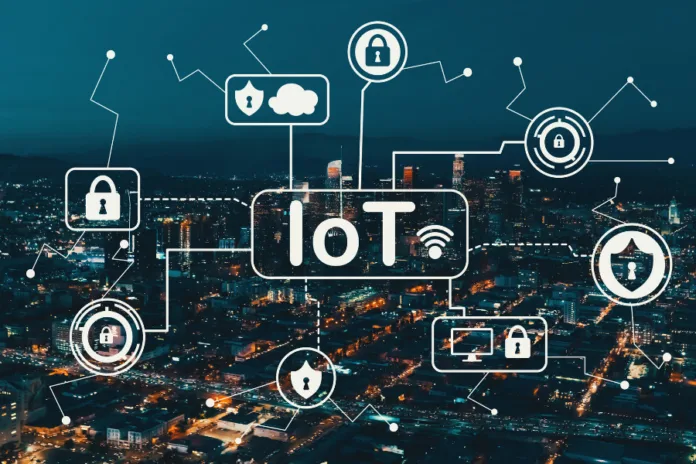The Internet of Things (IoT) has revolutionized the way we live and work, connecting devices and systems to create a smarter, more efficient world. From smart homes to industrial automation, IoT technologies have transformed the way we interact with the world around us. However, as the number of connected devices continues to grow, so does the need for robust security and privacy measures to protect sensitive data from cyber threats. In this article, we will explore how IoT is ensuring data security and privacy by addressing privacy and data protection.
Security Risks in the IoT Landscape
The IoT landscape is vast, with a wide range of devices and systems connected to the internet. While this connectivity offers numerous benefits, it also presents significant security risks. With so many devices and systems connected to the internet, there are more entry points for cybercriminals to exploit. Hackers can gain access to sensitive data, take control of devices, and even cause physical damage by compromising IoT systems.
One of the biggest security risks in the IoT landscape is the lack of security standards and regulations. Many IoT devices are designed with convenience and functionality in mind, rather than security. As a result, these devices often have weak security features, making them easy targets for cybercriminals.
Addressing Privacy and Data Protection in IoT
To address the security risks in the IoT landscape, there is a growing need for robust privacy and data protection measures. IoT devices and systems must be designed with security in mind, incorporating features such as encryption, authentication, and access controls to protect sensitive data from cyber threats.
One of the key ways that IoT is ensuring data security and privacy is through the use of blockchain technology. Blockchain offers a decentralized, distributed ledger that can be used to secure data and transactions across the IoT landscape. By using blockchain, IoT devices can create a tamper-proof record of all transactions, ensuring that data is secure and cannot be altered by cybercriminals.
Another way that IoT is addressing privacy and data protection is through the use of edge computing. Edge computing is a decentralized computing model that allows data to be processed at the edge of the network, closer to the IoT devices. By processing data at the edge, IoT systems can reduce the amount of data that needs to be transmitted across the network, reducing the risk of cyber threats.
IoT devices and systems can also use machine learning and artificial intelligence to detect and prevent cyber threats. By analyzing data patterns and identifying anomalies, these technologies can detect potential cyber threats and take action to prevent them before they cause damage.
Ensuring Data Security and Privacy in IoT
As the IoT landscape continues to grow, ensuring data security and privacy will become increasingly important. While there are many ways that IoT is addressing privacy and data protection, there are also steps that individuals and organizations can take to protect themselves from cyber threats.
One of the most important steps that individuals and organizations can take to protect themselves from cyber threats is to ensure that their IoT devices are secure. This means using strong passwords, keeping software up to date, and disabling unnecessary features that could be exploited by cybercriminals.
Another important step that individuals and organizations can take to protect themselves from cyber threats is to be aware of the risks. By understanding the security risks in the IoT landscape, individuals and organizations can take steps to mitigate these risks and protect sensitive data from cyber threats.
Conclusion
The IoT landscape has revolutionized the way we live and work, connecting devices and systems to create a smarter, more efficient world. However, as the number of connected devices continues to grow, so does the need for robust security and privacy measures to protect sensitive data from cyber threats. By addressing privacy and data protection, IoT is ensuring data security and privacy, using technologies such as blockchain, edge computing, and artificial intelligence to mitigate security risks and protect sensitive data from cyber threats.
Sources:
1. IoT For All
2. Cisco
3. PwC



